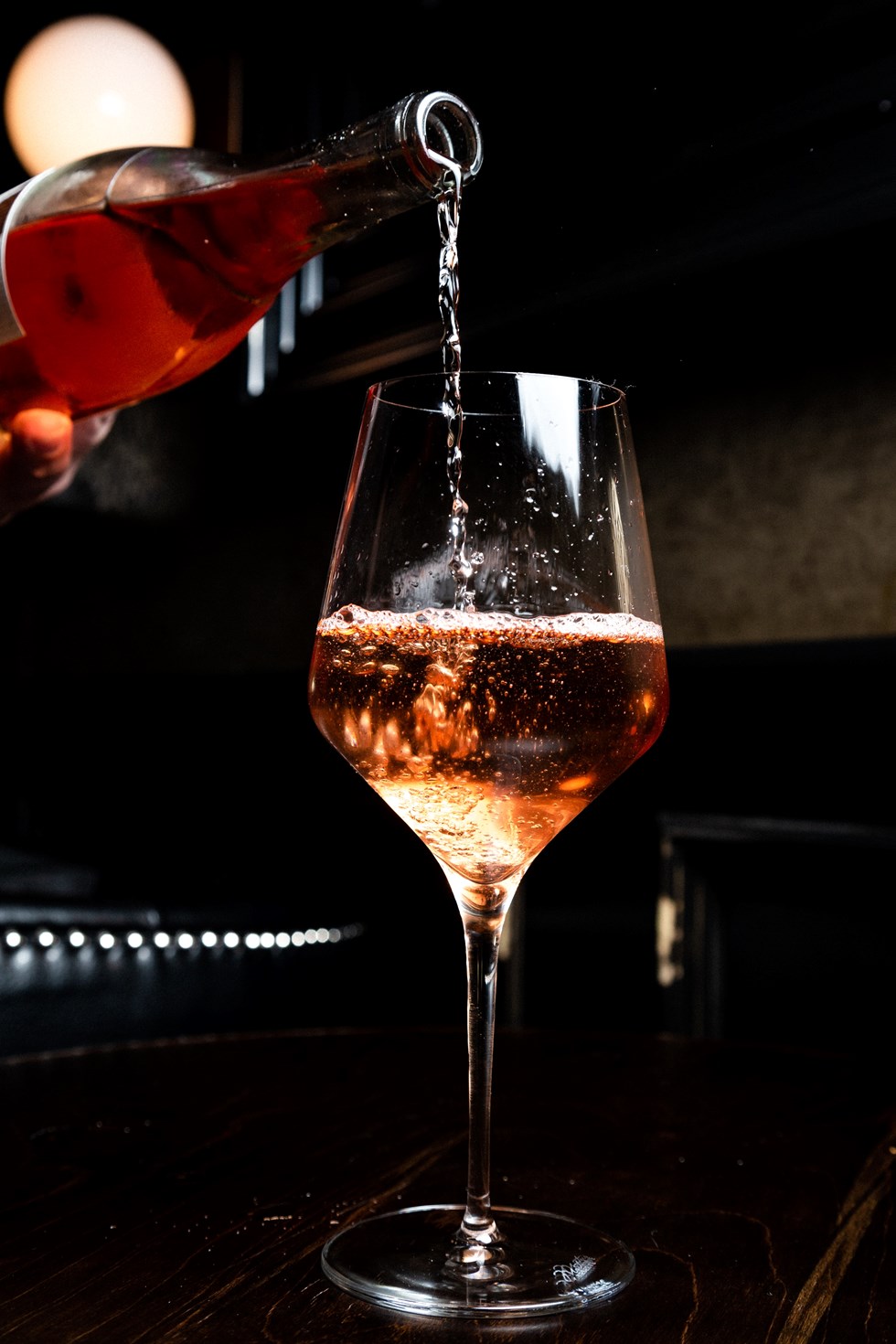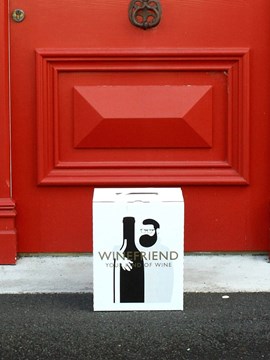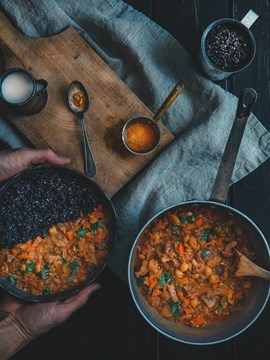Straight out the gate, I LOVE going out to dinner. It’s the reason I don’t have all the responsible things a person my age is supposed to have. Like shares, savings accounts, rental properties, underwear that’s less than 5 years old… But I can’t help it! You see I get such a thrill travelling to the city (in my case Auckland) and booking a table somewhere new and exciting. And there’s ALWAYS somewhere new and exciting opening up in Auckland right? Which is why it’s such a brilliant city! I love the anticipation of dusting off the day, getting my glad rags on, walking into a new restaurant, checking out the surroundings before diving into a new menu.
But there are always two menus, right? The food menu, (that’s easy, a doddle for most people), but the wine list? Different story. It’s enough to strike fear and confusion into many a heart and wallet, and even for me, someone that works in wine every day, it can be a headscratcher choosing the best bottle.
But happily, after years and years of practice (should have written all those dinners off to ‘professional development’ right?) I’ve developed some tips and tricks to boost your confidence when the waitperson asks, “And what’ll it be for drinks?”
But before we do, it’s important to know that it’s no cake walk for restaurants either. They have a tricky job to do on the drinks front. On one hand they’re expected to provide a good selection of wines to cover a broad range of personal tastes and food styles. On the other hand, they need to weigh up how much space they have for storage and service, how often they’ll want to change the wines they have on offer, and of course, what wines best suit the style of their food and the level of expertise of their staff. i.e., there’s no point insisting on selling exotic, expensive, complicated wines if your restaurant specializes in loaded fries and lasagne. And there’s no point expecting that as a customer either.
So let’s leap in!
Play Detective:
When you’re thinking of booking a table, jump on the internet and check out the restaurant’s drinks menu. It’ll be under ‘menus’ on their website. It’ll only take a minute and you’ll be able to give yourself a heads up on their style, the number of wines they have available by the glass and what their prices are like.
First orders:
Congratulate yourself for having made the effort to go out and play grownups by ordering a glass of celebratory fizz to sip on while you peruse the menu. While a glass of French Champagne will likely set you back $20-$30 and a glass of good local fizz may cost $14-$17, a perky Italian Prosecco is an affordable option at $10-$13. Prosecco is a great, light, fruity option that’ll really set the mood.
Plus, if you’re a WineFriend subscriber, you have the advantage of having a food match on every single neck tag of the wines we send you – so you’ll already have some great skills.
Don’t Fret about the Pairing:
No matter where you’re eating, be guided by your waitperson. It’s their job to ruminate over which wine pairs best with which dish. They should know the menu and the wine list inside out, and they’ll want you to have a great experience, so as a diner, why not take advantage of that and let them suggest options? But remember, the staff aren’t psychic. To suggest a wine to go with your food, they have to know what food you’re going to order and if you’re a ‘I don’t like red wine’ or ‘I can’t drink white wine’ type of person. So be straight up with them.
But if you’d rather DIY, here are some general ideas:
Spicy Mexican food, Asian or Indian cuisine chock full of chilli, garlic, ginger, coriander or curry? Always aim for an aromatic, white wine (pinot gris, gewürztramier, viognier, sweeter riesling, albariño, grüner veltliner or chenin blanc) or a rosé instead of anything red unless it’s a light, fruity pinot noir. Classic fish, pipi’s, clams or mussels? Sauvignon blanc. Salmon or scallops? Chardonnay. Crayfish or oysters? Champagne. Chicken or turkey? Chardonnay. Lamb or duck? Pinot Noir. Venison? Syrah. Steak, wild pork or beefy anything – go the big reds like cabernet and merlot. For dessert or cheese then definitely try the sticky-sweet wine styles.
Be clear about your budget:
Speaking of being straight up. Your server will appreciate some guidance too. If they ask what you feel comfortable spending, try not to say “Oh, something about in the middle,” or “Let’s keep it sort of reasonable,” or “You know, kind of moderately priced.” This presents them with a quandary, since “reasonable” for you is not necessarily “reasonable” for the brain surgeon or Lotto winner at the next table. One way is to do it is to point to a bottle on the list and say, “We’d like something around this price.”
Find your sweet spot price:
Wine is always going to be 2-3 times its retail price in a restaurant. There is a tonne of reasons why this is the case. The cost of being able to serve it, alongside compliance, hygiene, health and safety, staff training, storage, disposal, glassware cleaning, and service. But the more expensive the wine, the less the markup, so even if you’re on a budget, don't choose the cheapest wine on the list. Have a crack at the second or third cheapest. Also, one bottle of wine equals about four decent glasses, so have a look to see if it’s also available by the glass and do the maths to see if it’s worthwhile getting a bottle or not.
Order by the glass:
It can be tough deciding whether to order a few glasses, or go with a bottle, but glasses are cheaper and less limiting. Those at your table may have totally different drinking preferences; so ordering something by the glass instead of by the bottle is a great way to keep everyone happy and you can chop and change styles depending on your meal.
Leave your comfort zone:
With the above in mind, this might just be the night you meet the perfect wine. This is your chance to try something new ok? Don’t be the saddo insisting on drinking the same old supermarket wine that you always have at home. Go wild, take a liquid risk, even if it’s only once during the meal. At least you’ll impress your dining buddies with your bravery and an open mind.
When in Rome…
It goes without saying if you’re at an Italian restaurant, order Italian wine. Same goes for French, Greek or Spanish – they’ll all have some wines from their home country on the list. At the very least try to choose a local example of a one of their varieties – the wait person should steer you in the right direction.
Get out the good glasses
See if you can spot whether there are larger, better looking glasses in the bar area than the ones on your table. Then request to be served your wine in those ones, especially if you’re spending more than $70 on a bottle. Great glassware will make all the difference to enjoying your wine.
Don't be scared of house wine
The house wine will always be the cheapest, and it isn’t necessarily going to be average. Some restaurants carry darn decent house reds and whites so just your waitperson who makes the house wine; you might be surprised.
Practice Makes Perfect:
The best way to earn your stripes as a great wine-chooser, is to practice practice practice. And the best way to do that is to have a regular supply of really interesting, totally delicious wines, chosen for your individual tastebuds to be sent directly to your doorstep for you to try. Nothing from a supermarket and always something super yummy. That’s what a WineFriend subscription will do. It’s what loads of winemakers in the country use to keep their tastebuds in tip top condition. And it’s a really fun way to try different wines solo or with mates, so that when you’re next met with a challenging wine list, you’ll be a total pro because you’ll be in the know.
Now go forth and conquer!




